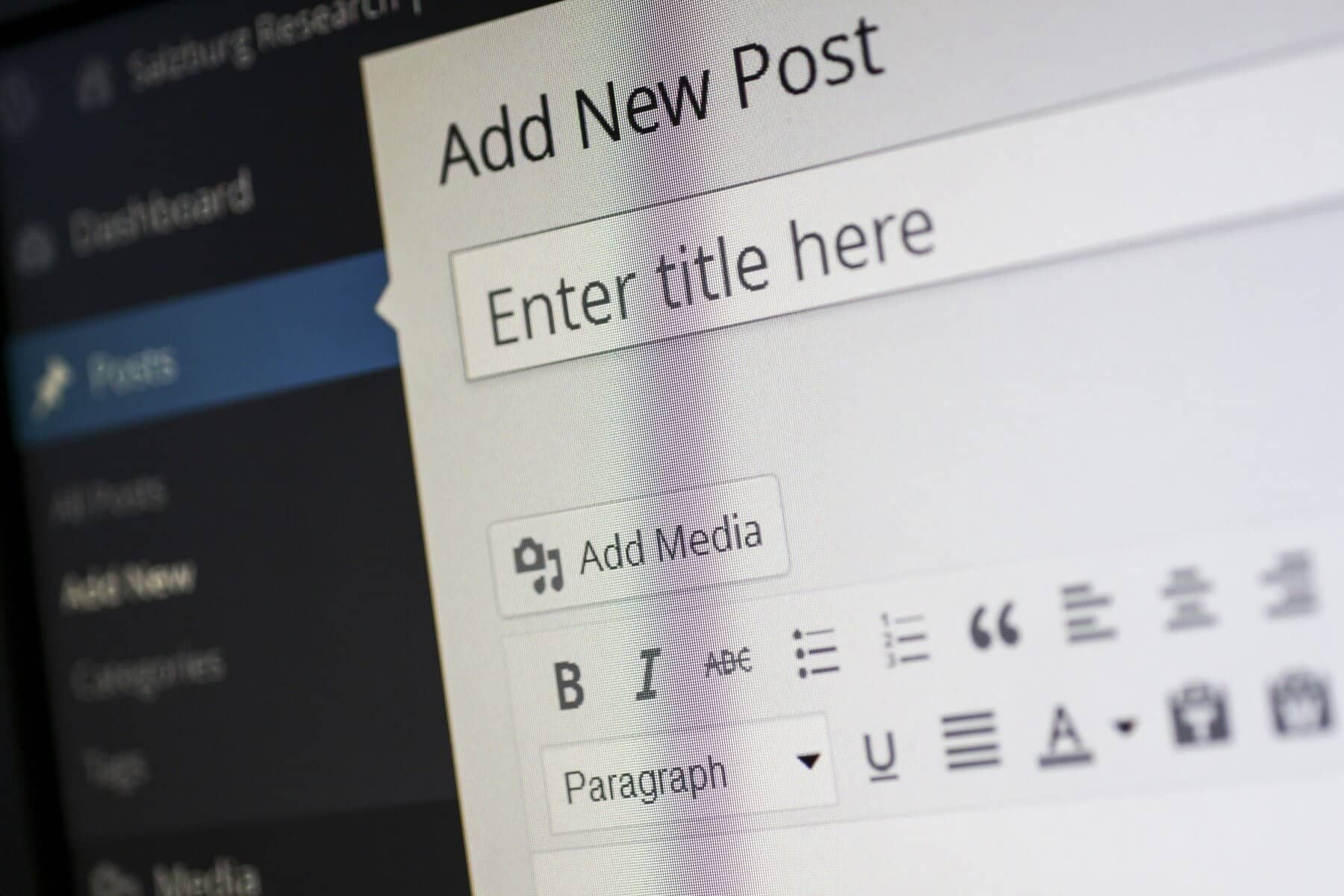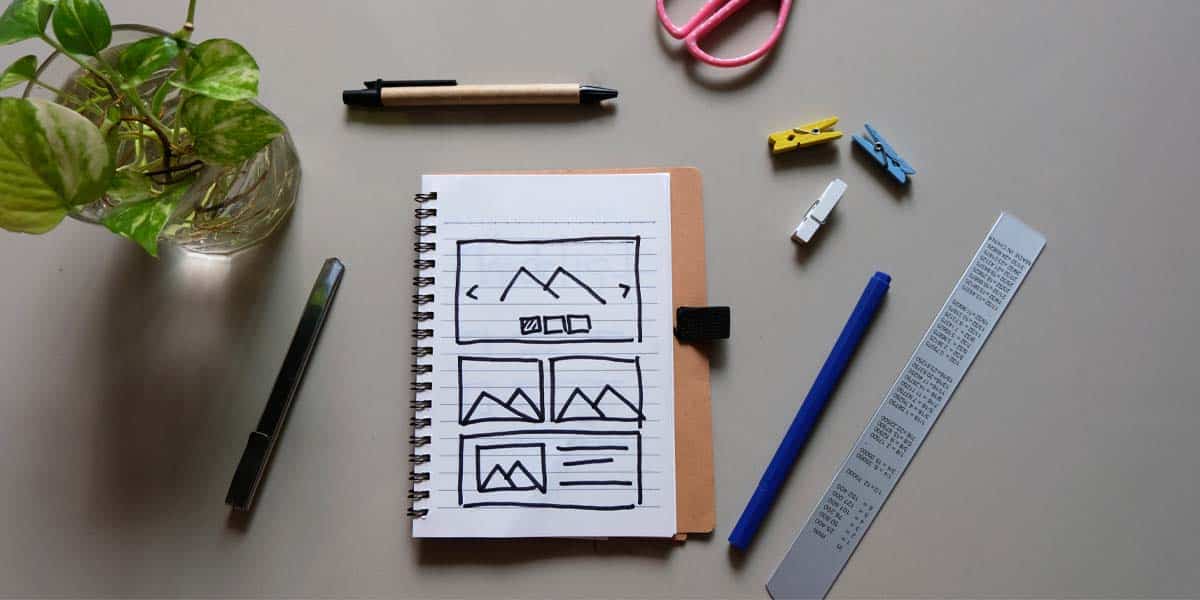
In today’s digital landscape, safeguarding your WordPress site is not just a precaution—it’s a necessity. With cyber threats becoming increasingly sophisticated and prevalent, ensuring that your site is fortified against potential vulnerabilities is critical. Conducting a thorough WordPress security audit is an effective way to pinpoint weaknesses, bolster defenses, and maintain the integrity of your site. This comprehensive guide will walk you through the essential steps and best practices for performing a WordPress security audit, ensuring that your site remains secure and resilient against threats.
Understand the Importance of a WordPress Security Audit
A WordPress security audit is an in-depth evaluation of your site’s security infrastructure. It involves scrutinizing various aspects of your site to identify potential vulnerabilities, outdated software, and other security risks. Regular audits are essential not only for preventing unauthorized access and data breaches but also for maintaining compliance with security standards and regulations. By conducting an audit, you proactively address potential issues before they can be exploited, ensuring that your site remains a safe environment for both you and your visitors.
Backup Your Site Before Starting
Before you commence any security audit, it’s crucial to have a complete backup of your WordPress site. This backup should encompass all aspects of your site, including the database, themes, plugins, and media files. Backups are your safety net in case something goes awry during the audit process. Utilize reliable backup plugins such as UpdraftPlus or BackupBuddy to create and store backups securely. Regularly updating your backup ensures that you have the most recent version of your site’s data, providing peace of mind and a recovery point if needed.
Update Your WordPress Core, Themes, and Plugins
Keeping your WordPress core, themes, and plugins updated is a fundamental aspect of site security. Updates not only introduce new features but also patch known vulnerabilities and improve overall performance. Outdated software is a common target for attackers, who exploit these weaknesses to gain unauthorized access or disrupt your site’s functionality. Regularly check for updates in your WordPress dashboard and apply them promptly. This practice ensures that you benefit from the latest security patches and reduces the risk of potential exploits.

Check User Roles and Permissions
Properly managing user roles and permissions is crucial for maintaining site security. Review all user accounts to ensure that their roles align with their responsibilities and that permissions are appropriately assigned. Remove any inactive or suspicious accounts that could pose a risk. Limit administrative access to trusted users only and enforce strong password policies for all accounts. Implementing strong passwords and secure login practices helps prevent unauthorized access and reduces the likelihood of account compromise.
Audit Your Site’s Security Plugins
Security plugins play a pivotal role in defending your WordPress site against threats. Audit the security plugins you have installed to ensure they are correctly configured and functioning as intended. Popular security plugins like Wordfence, Sucuri, and iThemes Security offer various features such as firewall protection, malware scanning, and login security enhancements. Regularly review and update these plugins to maintain their effectiveness and address any emerging vulnerabilities. Proper configuration and upkeep of security plugins are essential for providing robust protection for your site.
Conduct a Malware Scan
Performing a malware scan is a critical step in identifying malicious code or vulnerabilities on your site. Many security plugins include built-in malware scanning features that can detect and alert you to potential threats. Additionally, you can use external services like Sucuri SiteCheck to conduct a comprehensive scan of your site. Regular malware scans help ensure that your site remains free from infections and vulnerabilities that could compromise its security. Promptly address any issues detected during the scan to maintain a secure environment.
Review and Harden .htaccess and wp-config.php Files
The .htaccess and wp-config.php files are integral to WordPress security. Review these files to ensure they are configured correctly to enhance your site’s protection. The .htaccess file can be used to restrict unauthorized access, disable directory listing, and implement additional security measures. Similarly, the wp-config.php file contains sensitive information and should be secured to prevent unauthorized access. Implement best practices for these files, such as restricting access to the wp-config.php file and configuring appropriate rules in the .htaccess file.
Check for and Remove Unnecessary Themes and Plugins
Unused themes and plugins can present security risks if they are not regularly updated or maintained. Regularly audit your site to identify and remove any themes or plugins that are no longer in use. Ensure that any active themes and plugins are from reputable sources and are kept up-to-date. This practice helps reduce the potential attack surface of your site and ensures that only essential and secure components are active. Regularly reviewing and cleaning up themes and plugins contributes to a more secure and streamlined WordPress environment.
Review Your Site’s SSL Certificate
An SSL certificate is essential for encrypting data transmitted between your site and its visitors, ensuring secure communication. Verify that your site has a valid SSL certificate installed and properly configured. Check for any mixed content issues where some resources are loaded over HTTP instead of HTTPS. Ensuring that all pages and resources are served over HTTPS provides a secure browsing experience for your visitors and enhances your site’s overall security posture.
Examine Login and Authentication Security
Enhancing login security is a crucial aspect of protecting your WordPress site. Implement practices such as Two-Factor Authentication (2FA) to add an extra layer of protection during the login process. Enforce strong password policies to ensure that all user accounts use robust passwords that are difficult to guess. Additionally, limit login attempts to prevent brute-force attacks. By strengthening login and authentication processes, you significantly reduce the risk of unauthorized access and potential security breaches.
Monitor and Review User Activity
Regularly monitoring and reviewing user activity logs helps detect any suspicious or unauthorized actions on your site. Use monitoring plugins or services to track user behavior and receive alerts for any unusual activities. Reviewing activity logs allows you to identify potential security issues early and take appropriate action to address them. Monitoring user activity is an essential component of maintaining ongoing security and ensuring that your site remains protected against internal and external threats.
Implement a Web Application Firewall (WAF)
A Web Application Firewall (WAF) is a critical security measure that helps protect your site from malicious traffic and attacks. Many security plugins offer WAF features, or you can use external services like Cloudflare or Sucuri for additional protection. A WAF filters incoming traffic, blocks harmful requests, and mitigates various types of attacks, including SQL injection and cross-site scripting. Implementing a WAF provides an additional layer of defense and enhances your site’s overall security.
Regularly Test Your Site’s Security
Conducting periodic security tests, including vulnerability assessments and penetration testing, is essential for identifying potential weaknesses in your site’s security. Regular testing helps uncover vulnerabilities that could be exploited by attackers and allows you to address them proactively. Engaging in routine security testing ensures that your site remains resilient against emerging threats and maintains a strong security posture over time.
Conclusion
Conducting a WordPress security audit is a vital step in protecting your site from potential threats and vulnerabilities. By following these best practices, you can identify and address weaknesses, enhance your site’s security posture, and ensure a safe experience for your visitors. Regular audits, combined with proactive security measures, will help safeguard your WordPress site against evolving cyber threats and maintain its integrity and reliability.
